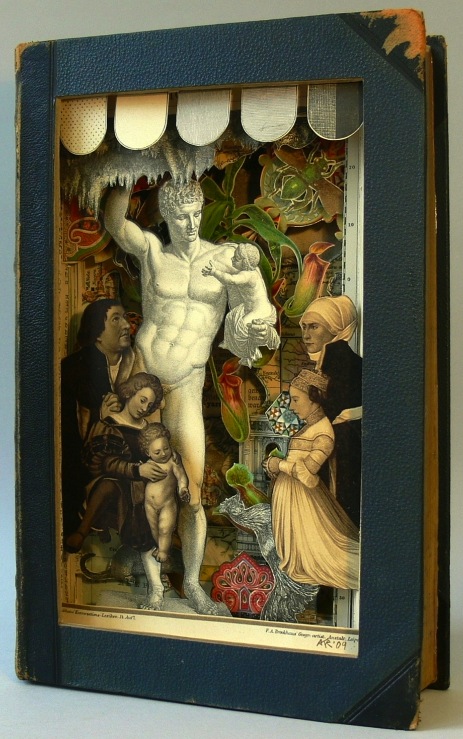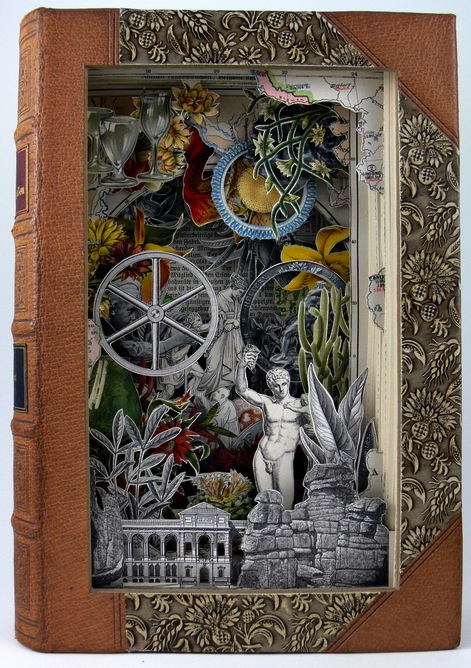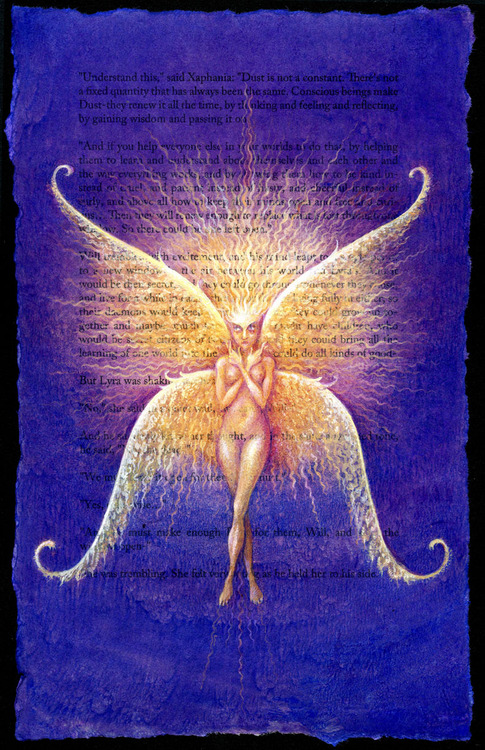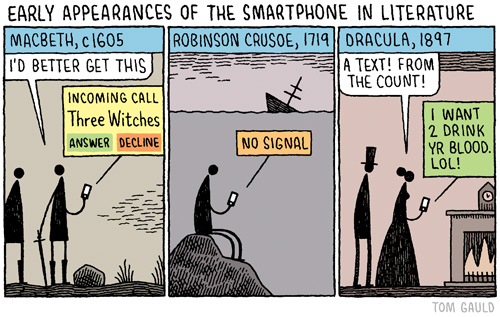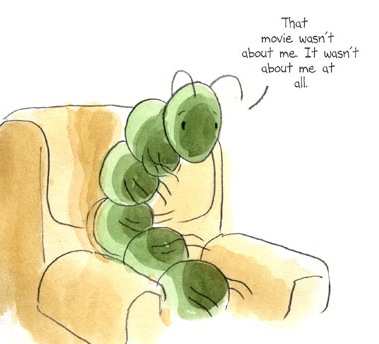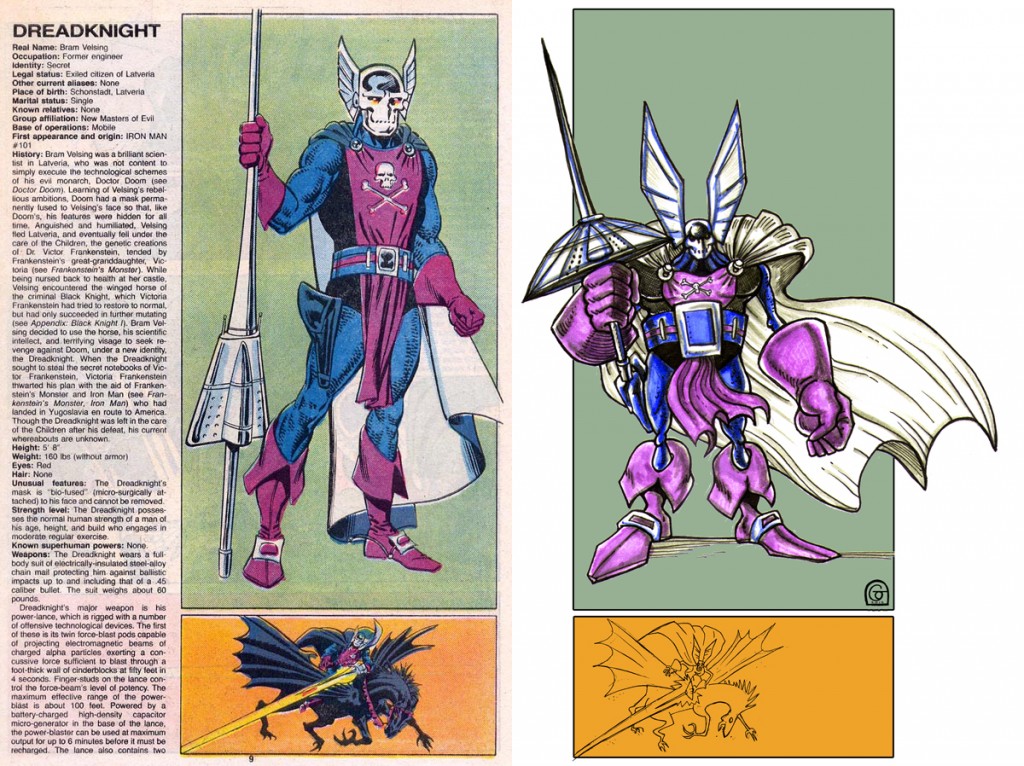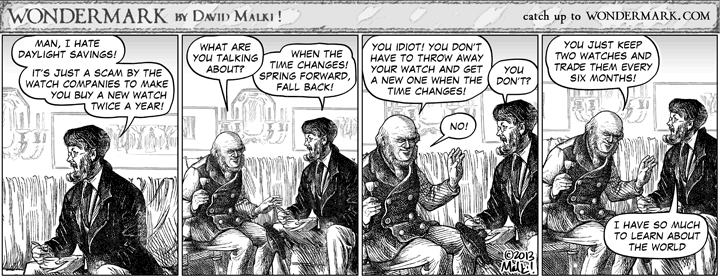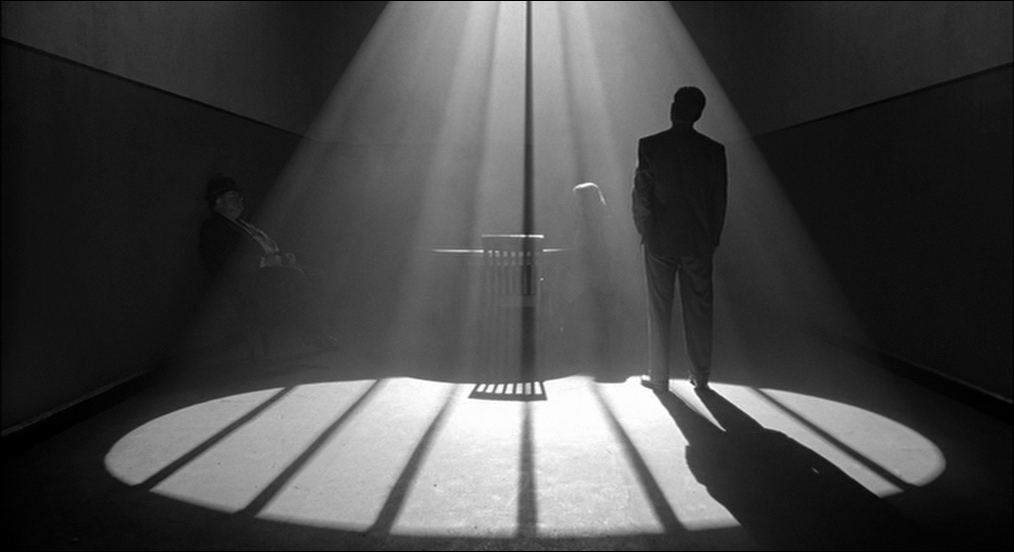 Here are some shiny things that caught my eye recently:
Here are some shiny things that caught my eye recently:
♦ A couple weeks ago, I ran across a re-posted link on mental floss about Graun, Italy’s most famous drowned town, and I was struck both by the story itself and by the accompanying images. In fact, I had planned to post about Graun then, but I ran out of room in that week’s blog. The drowned town fascinates me, evoking as it does several other drowned cities in myth and legend, like the Breton city of Ys. Graun was flooded in 1950 to create a lake that would help power a hydroelectric plant, which was never built. All that’s left above water of Graun is the bell tower of its 14th-century church, which, when the lake freezes in winter, people can visit on foot. Here’s one of the images of Graun from the mental floss article that caught my attention:
And then, on two separate occasions last week, I saw another image of Graun’s lonely chuch tower that I couldn’t resist posting. The greenness of the water gives the photo a dreamy quality that I like terribly. Via.
♦ The Book Nook.
BookRiot had some great bookshelf and book-care posts last week, including A Bookshelf that Becomes Your Coffin (I love the pragmatism!), How to Care for Old or Valuable Books (a pretty good quick list), and 10 Kick-Ass Secret Passage Bookshelves (always cool).
Speaking of secret-passage bookshelves, I discovered through several sources last week a tumblr that has made me very happy: Everything About Secret Bookcase Doors. Check out this fine specimen:
Also, I’ve discovered StashVault! If you love like secret compartments and hideaways like I do, as well as secret-passage bookcases, you’ll enjoy this site, too.
The 10 most beautiful libraries in the United States!
Alexander Korzer-Robinson is a collage artist working in books, and he produces some amazing pieces. Here’s an excerpt from his artist’s statement:
By using pre-existing media as a starting point, certain boundaries are set by the material, which I aim to transform through my process. Thus, an encyclopedia can become a window into an alternate world, much like lived reality becomes its alternate in remembered experience. These books, having been stripped of their utilitarian value by the passage of time, regain new purpose. They are no longer tools to learn about the world, but rather a means to gain insight about oneself.
I make book sculptures / cut books by working through a book, page by page, cutting around some of the illustrations while removing others. In this way, I build my composition using only the images found in the book.
Check out these pieces, just two of my many favorites, and check out his website for more. Via.
♦ The Reading Spot.
This past week AlphaBooks, an alphabetical tumblr exploration of fictional characters curated by Ben Towle, moved to the X’s. I enjoyed Nils Cordes’ X is for the Xaxisian Giant Robot from So Long, and Thanks for All the Fish by Douglas Adams, but I was really taken with Leah Palmer Preiss‘s Xaphania from The Amber Spyglass by Philip Pullman:
Mary Robinette Kowal has a great segment on her blog called “My Favorite Bit” wherein writers share said bit about their new projects. Last week Christopher Barzak shared his favorite bit about his new collection, Birds and Birthdays, and you should check it out!
Some fantastic fiction for your earnest eye-jellies:
Don’t Look Down by Anatoly Belilovsky at Daily Science Fiction
Russell Hinson has added chapter six—Strange Cargo—to his ongoing novel, Edward & Amelia vs. The Vampire King
The Number Two Rule by Lesley L. Smith at Daily Science Fiction
Over There by Dany G. Zuwen at Daily Science Fiction
Susumu Must Fold by Tony Pi at Daily Science Fiction
Jabberwocky 15 has some great stories and poems
A Handful of Glass, a Sky without Stars by Damien Walters Grintalis at Daily Science Fiction
Flax-Golden Tales: Unexpected Aftermath of a School Bus Accident by Erin Morgenstern
If you miss OMNI magazine, the Internet Archive now has a complete run of the late great science and science fiction periodical (Via io9, which also linked to a complete OMNI index here).
♦ The Horns of Elfland.
I’ve mentioned Delta Rae on the blog before, and they have a brand-spanking-new video out (released on Hallowe’en!) called “Dance in the Graveyard.” The video is great and the song itself is upbeat and fun. Check it out:
You’re welcome!
♦ She Blinded Me … with Science!
Robotics: Isaac Asimov explains his three law of robotics.
Biology: How do blood pressure tests work, and what do those numbers mean?
Neuroscience: More evidence that marijuana could slow brain aging; Our brains can be logical and compassionate—just not at the same time;
Psychology: Psychologists find that anger leads to optimism; Why you’re probably not as rational as you think you are—and what you can do about it.
♦ The Ninth Art.
Legends of the Joystick, by Gene Luen Yang and Thien Pham, is a great comic strip about the video game stars of my youth who reflect on their moments in the sun. Check it out at Tor.com. Great fun! (I chose this panel from the Centipede strip particularly for Cameron, who should know why.)
The Official Handbook of the Marvel Universe REDUXE Edition shared this entry for Dreadknight by Gabe Ostley that just pleased me to no end—I love the exaggerated cartoony dimensions of the character!
Wondermark #883, In which the Time changes:
Super-Team Family’s mash-up of Daredevil and Calvin & Hobbes is too cute not to share!
 Over at Tor.com, Thom Dunn has a great piece on Ex Machina and the Great Political Machine of Brian K. Vaughan. I’m a big fan of Ex Machina, which I thought did some really intriguing things not only with the concept of superheroes but also with that superhero becoming mayor of New York City and his political choices, which is what Dunn discusses here. Spoilers abound, but if you haven’t read the series (which is complete now, so go out and pick it up), I think you’ll still find the piece interesting and may even want to read the collected volumes based on Dunn’s commentary. As a commenter to the article suggests, it’s nice to read something “this week that’s about politics without being political.” Good stuff, folks!
Over at Tor.com, Thom Dunn has a great piece on Ex Machina and the Great Political Machine of Brian K. Vaughan. I’m a big fan of Ex Machina, which I thought did some really intriguing things not only with the concept of superheroes but also with that superhero becoming mayor of New York City and his political choices, which is what Dunn discusses here. Spoilers abound, but if you haven’t read the series (which is complete now, so go out and pick it up), I think you’ll still find the piece interesting and may even want to read the collected volumes based on Dunn’s commentary. As a commenter to the article suggests, it’s nice to read something “this week that’s about politics without being political.” Good stuff, folks!
♦ Viewers’ Paradise.
I don’t know how long this video will last, but feast your eyes on Jonathan Keogh’s “IMDB Top 250 in 2 1/2 Minutes,” a wonderfully edited collection of clips. The music, appropriately enough, is also a mash-up by DJ Faroff. If the video’s gone by the time you read this, trust me, it was epic. Via.
If you’re eagerly anticipating The Hobbit, you’ll appreciate Air New Zealand’s new safety video. Also, check out this miniature Bag End!
Covering movies like The Man Who Wasn’t There, Death Proof, No Country for Old Men, Shame, and The Thin Red Line, Beautiful Stills from Beautiful Films is a blog made for film lovers everywhere (yes, I’m looking at you, Cameron). Via.
♦ The Writers’ Desk.
Warren Ellis had a great response for someone who asked about “making ideas more important” in your writing (basically, the writer kept getting stuck after setting up the idea because s/he then asked, So what? and got stymied). The response is really good advice (third question, at the bottom).
If you’re wondering how to do a fantastic “Meet the Author” video, check out Open Road Media‘s introduction to the great Elizabeth Hand, below:
Speaking of Hand, check out Weird Fiction Review‘s fifteenth entry in their 101 Weird Writer series. If you aren’t a fan of hers yet, well, why aren’t you?
In case you need them: 16 international idioms that describe heavy rain.
Also, the 100 most beautiful words in the English language. Do you agree? Via.
Mike Duran asks, Are writers too insulated from their readers? He gives an interesting take on how the writing community can create a wall between writers and readers.
Padgett Powell’s eight guidelines for what writing should do (they’re pretty good).
Ian McEwan has Some Notes on the Novella at The New Yorker. As you know, I adore the novella as a form, so I enjoyed this reflection—and I cannot deny his comments about “The Dead” by James Joyce. Via.
Joyce Carol Oates joins the Twitter community—her tweets are fantastic!
Chuck Wendig thinks 25 motivational thoughts for writers.
Theodora Goss on Becoming the Writer. Here’s a teaser:
I have a theory: anything that we do on the outside has to have happened first on the inside…. I think the same thing happens with a novel: in order to write a particular novel, you have to become the sort of person who can write that novel. And of course the process of writing the novel changes you as well. But you have to become the writer. The novel comes out of the writer that you are, and if you’re not ready, the novel won’t work.
In the post, Goss also shared this image, which captures what she feels writing a novel is like:
♦ I thought Dragon Baby by Patrick Boivin was both funny and unsettling. CGI babies! Some fun whackadoodle stuff. (He also made an Iron Baby video, too.) Via.





